ECOLOGY
Camille Muller’s approach to ecology is above all an attitude. adapting to the biotope without forcing it is as much an ethical position as a guarantee for success.
His gardens, in symbiosis with what the site offers – climate, soil, natural vegetation, topography – evolve like micro-ecosystems. The landscape-gardener transforms the heterogeneous elements of a place into a unified living organism, functioning in its own way. The vegetation expresses itself freely, with the imagination inherent in life itself. With a little help, the garden gradually finds its identity. In constant movement and apparent disorder, it is integrated in the environment. The spirit of nature is at work.
ÉCO-GARDENS
Going with what is already there, limiting human intervention as much as possible, this implies an economy of means which cuts costs with minimal impact on the environment.

This approach, begun more than 30 years ago with natural gardens, leads today to the eco-gardens. Developed together with an architect specializing in sustainable development, a biologist and technical innovators, this model aims at being within the reach of people concerned with their impact on the ecology.
From the forest to the moss gardens:
creation of an ecosystem


2003
From raw nature to urban landscapes:
creation of an ecosystem
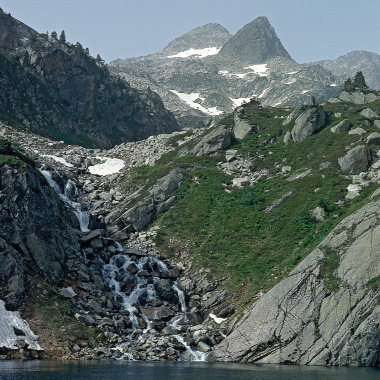
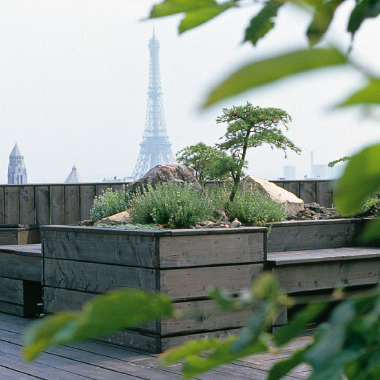
1981
Experimental eco-garden: the house under the forest
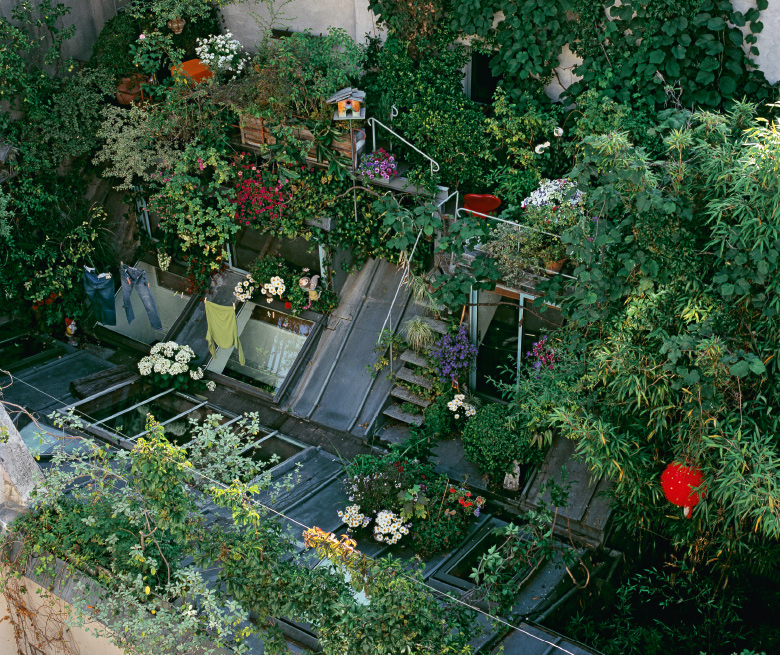
Experimental eco-garden: a vegetable-garden in paris
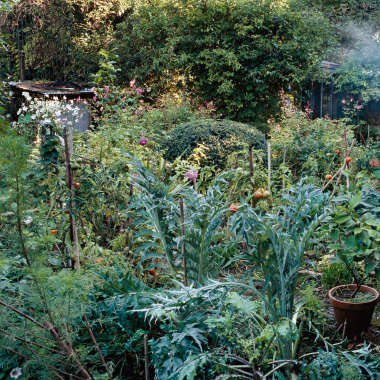
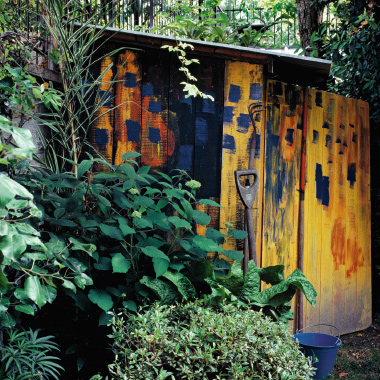
Ecological terrace: a universe in itself
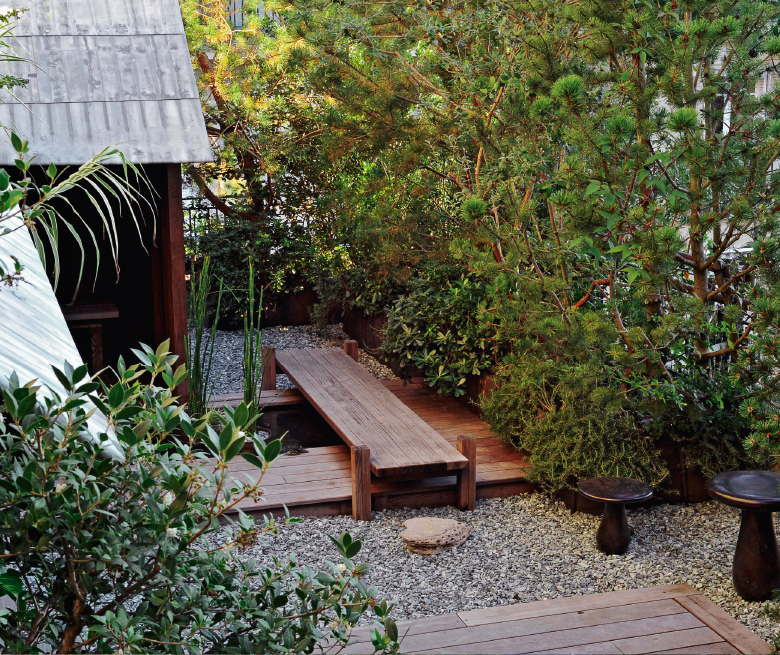
ECOLOGICAL NOTES
Eco-gestures for a lawn
Taking into account the existing environment
Ecological flower-meadows
Grey energy
Good tips for the vegetable garden
The four elements
Saving energy
The oasis